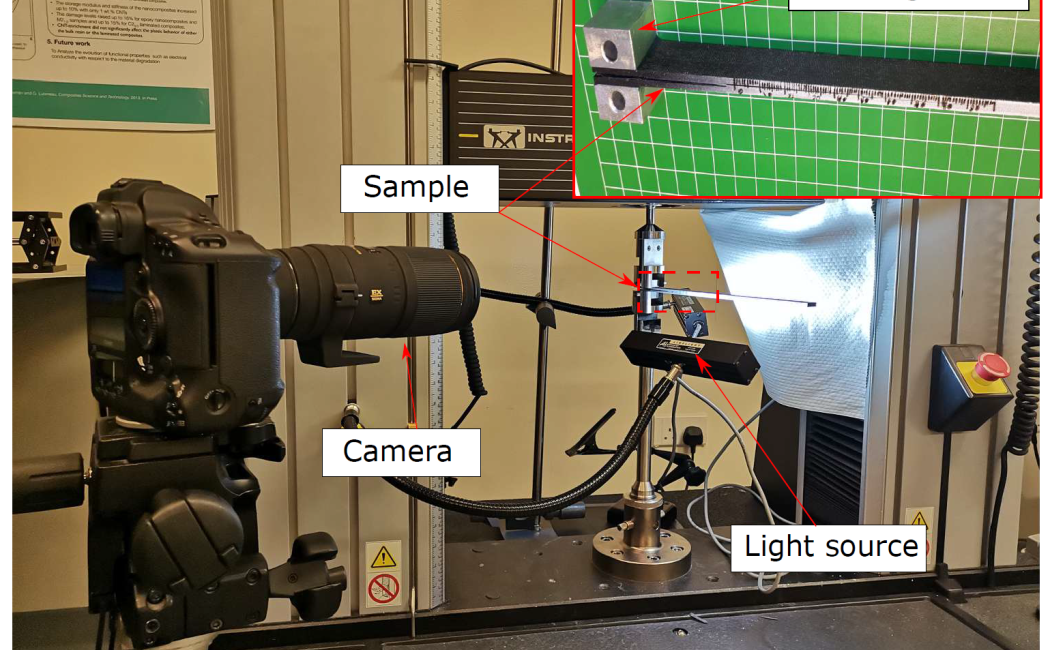Bio-inspired adhesive joint with improved interlaminar fracture toughness
A. Wagih, R. Tao, G. Lubineau
Composites Part A, Accepted (2021)
Herein, a novel adhesive joint that mimics the structure of the bondline of two biological systems that have excellent adhesion, gecko and mytilus californianus, was designed. Sacrificial cracks were embedded inside the adhesive layers to activate new dissipative mechanisms and thus increase the effective interlaminar fracture toughness. A finite element model (FEM) that considered the progressive damage in the adhesive layer and decohesion at both adhesive/adherend interfaces was used to understand the damage mechanisms of the bio-inspired adhesives. Contrary to classical joints that experience interfacial failure, wherein failure occurs at one of the substrate/adherend interfaces, our bio-inspired joints are characterized by crack bifurcation between both sides of the bondline. Thus the developed toughening ligaments cause the propagation of secondary and backward cracks at the lower and upper interfaces under and over the sacrificial cracks, respectively. Such crack branching and fragmentation together with the energy required to break these ligaments improve the effective toughness of the adhesive. Increasing the sacrificial crack width and gap between two successive cracks reduces the toughness through reduction in the allowed surface for secondary and backward crack propagation. The adhesive properties significantly affect this toughening effect that increases with adhesive strength and failure strain.
A. Adhesive joints; B. Fracture toughness; C. Damage mechanics;


